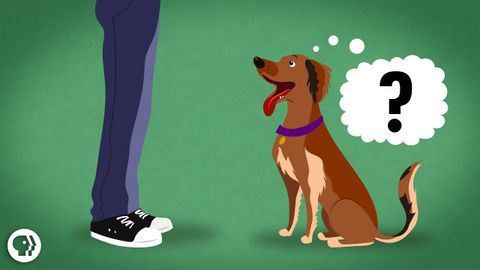狗聽不聽得懂人話?家裡的毛孩真的知道我在想什麼嗎?Does My Dog Know What I'm Thinking?
 沒有此條件下的單字
沒有此條件下的單字US /ˈprɑsˌɛs, ˈproˌsɛs/
・
UK /prə'ses/
- v.t.用電腦處理(資料);(依照規定程序)處理;處理;流程;加工;理解
- n. (c./u.)(規定的)程序;過程;進程;方法;法律程序;進程
US /ˈdʒɛnjʊɪnlɪ/
・
UK /'dʒenjʊɪnlɪ/
US / dɪˈbet/
・
UK /dɪ'beɪt/
- n. (c./u.)辯論;爭論;辯論會
- v.t./i.思考;盤算;辯論
US /ˈdɛmənˌstret/
・
UK /'demənstreɪt/
- v.t./i.顯示;表露;遊行;演示;證實; 展示
